-
Chaos erupts in US science as Trump’s team declares freeze on federal grants

The administration of President Trump set off an uproar 27 January by suspending federal spending on grants and loans.Credit: Joe Raedle/Getty Researchers in the United States are reeling after the administration of new president Donald Trump issued an order on 27 January that froze all federal grants and loans. A federal judge in Washington DC…
-
‘Stamp out paper mills’ — science sleuths on how to fight fake research
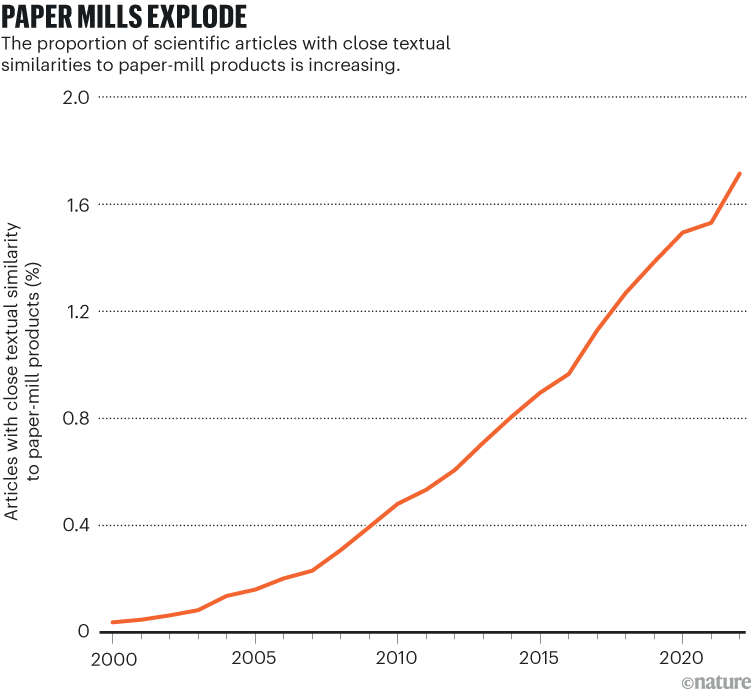
The production of fake research is now a thriving industry, thanks to paper mills. These networks sell paper authorships and poor-quality or fabricated scientific manuscripts to researchers, or violate the peer-review process by providing fake reviews. And they have become so prolific that current self-correction mechanisms no longer work. The first evidence1 of authorships for…
-
Will bird flu spark a human pandemic? Scientists say the risk is rising
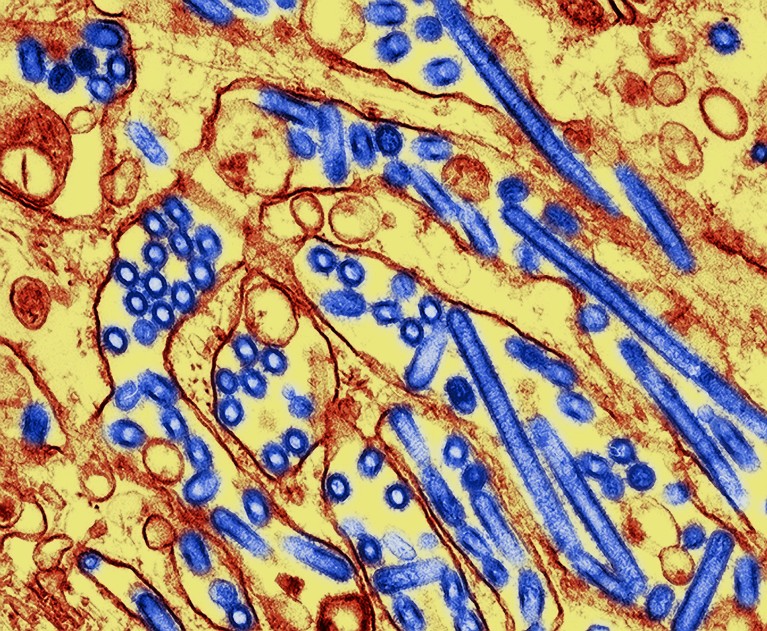
The H5N1 avian influenza virus (blue) revealed in a coloured image from a transmission electron microscope.Credit: CDC/Science Photo Library Ten months on from the shocking discovery that a virus usually carried by wild birds can readily infect cows, at least 68 people in North America have become ill from the pathogen and one person has…
-
Reproducibility and transparency: what’s going on and how can we help

Problems with experimental reproducibility affect every field of science. However, the opinions on the causes of the reproducibility “crisis” and how we all can help vary amongst fields as well as individual scientists. Here, we talk to experts from different fields of science to get their insights on this endemic issue. Professor Brian Nosek is…
-
How a boy from the Bronx unearthed the workings of the Universe

Physicist Steven Weinberg became known as a grandmaster of quantum field theory.Credit: Tamir Kalifa/The New York Times/Redux/eyevine Steven Weinberg: A Life in Physics Steven Weinberg Cambridge Univ. Press (2024). ‘Big Steve,’ his students called him. Steven Weinberg was not physically imposing, but was an intellectually dominant and much-revered figure in the scientific community and on…
-
River Bend Nature Center invites the public to Sip’N Science featuring John Cameron
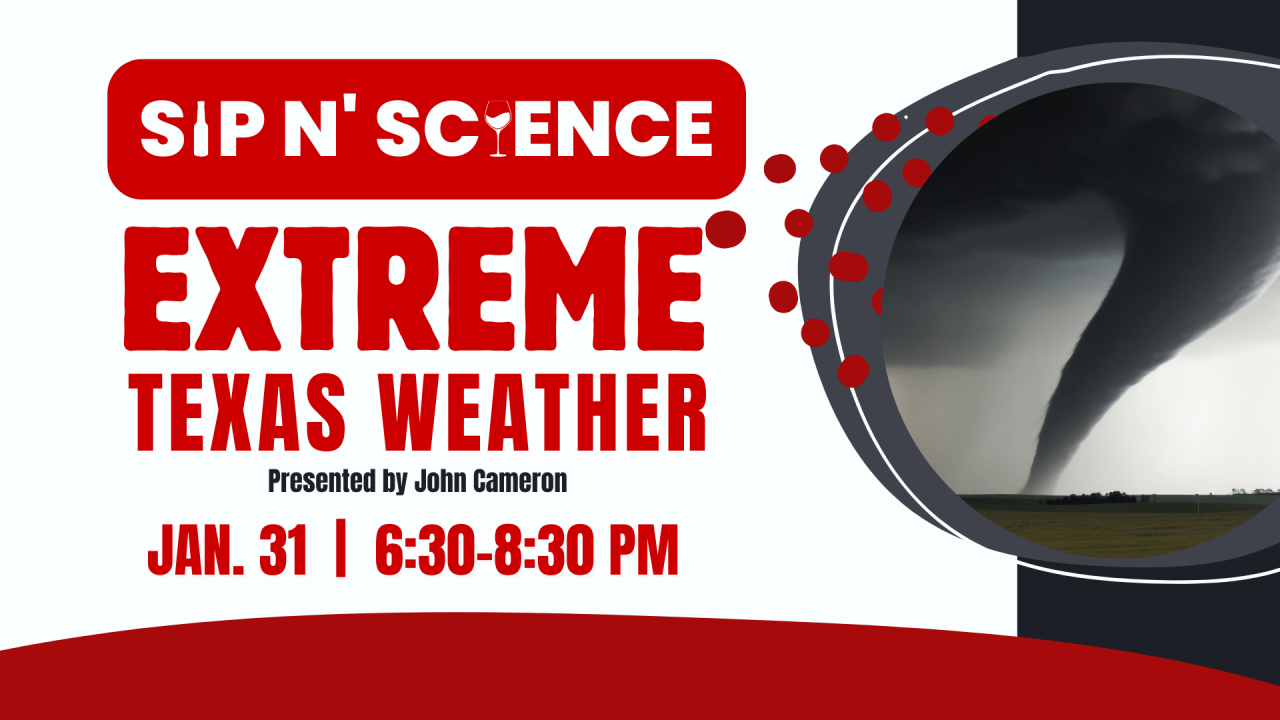
Editor’s Note: The event will have beer, wine, and hors d’oeuvres provided and will not be BYOB. WICHITA FALLS (KFDX/KJTL) — Are you a weather enthusiast or curious about Texas weather? KFDX’s very own John Cameron will have a special presentation for you! On Friday, January 31, The River Bend Nature Center welcomes everyone to…
-
China’s Sichuan University overtakes Stanford, MIT, Oxford in science research

A regional university in southwest China, little known to the wider world, has eclipsed much more famous Western institutions with its high-quality scientific research output, according to a new ranking of global universities. Advertisement Sichuan University (SCU), in Chengdu, the provincial capital, has overtaken Stanford University, the Massachusetts Institute of Technology (MIT), Oxford University and…
-
WRITERS AND WRITING: Memoir blends science and nature
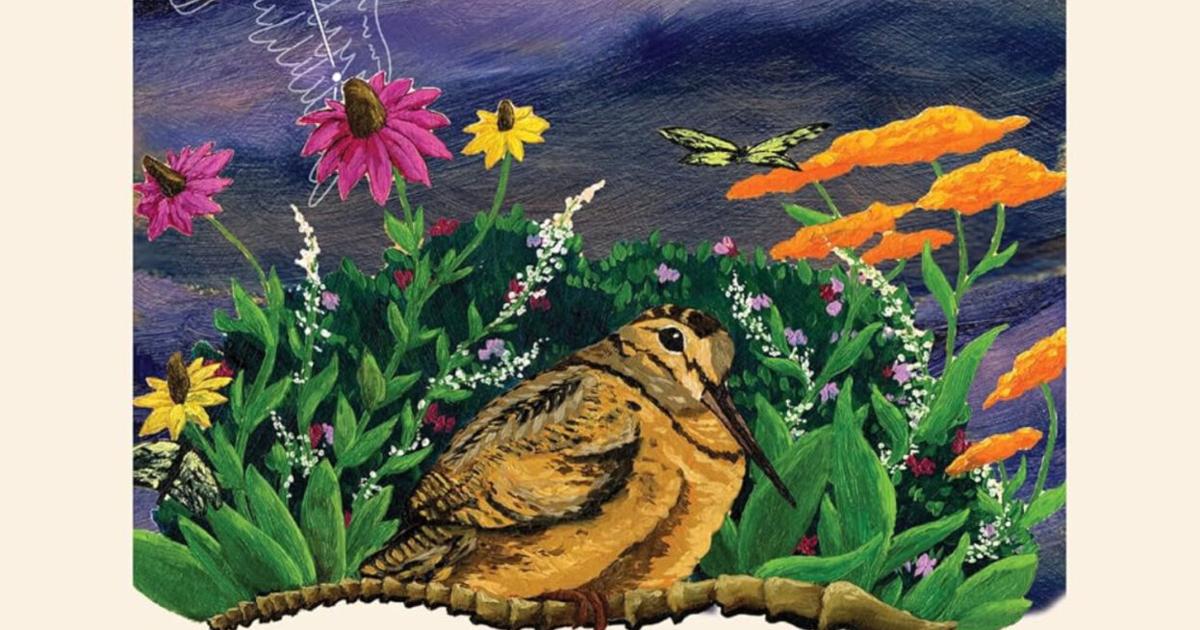
At first glance, Jeff Wilkerson’s memoir of science and nature, “23 Woodcock in 22 Years,” seems a bit of an anomaly. The subtitle Reflections on Hunting, the Night Sky, and Our Place in the Universe seems even more incongruous. However, Wilkerson, professor of physics at Luther College in Decorah, Iowa, masterfully blends the seemingly disparate…
-
Exeter’s Nature and Climate Impact Team unleashed at Davos
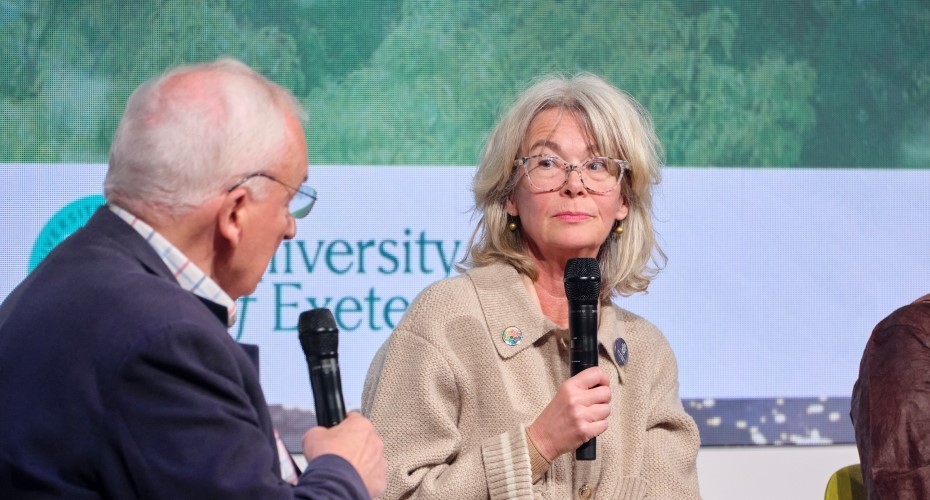
Exeter’s new Nature and Climate Impact Team made its debut in Davos this week during a provocative and frank panel discussion with key experts. To an audience of business and policy leaders at the World Economic Forum’s annual meeting, Exeter’s new team was praised as a “clever idea” as it aims to bring science and…
-
Nominations open for Nature Awards to inspire Women in Science

To provide the best experiences, we use technologies like cookies to store and/or access device information. Consenting to these technologies will allow us to process data such as browsing behavior or unique IDs on this site. Not consenting or withdrawing consent, may adversely affect certain features and functions. The technical storage or access is strictly…